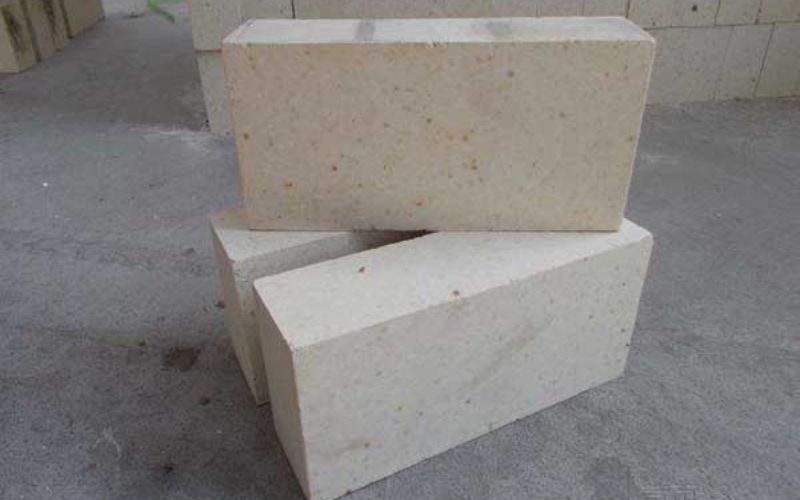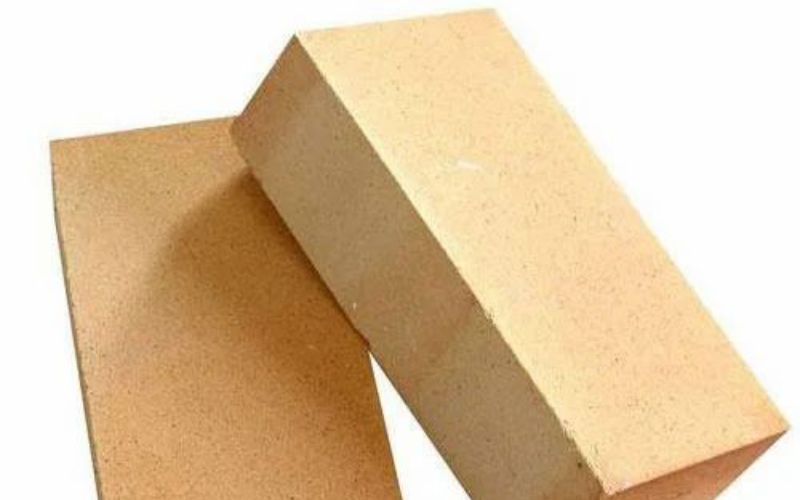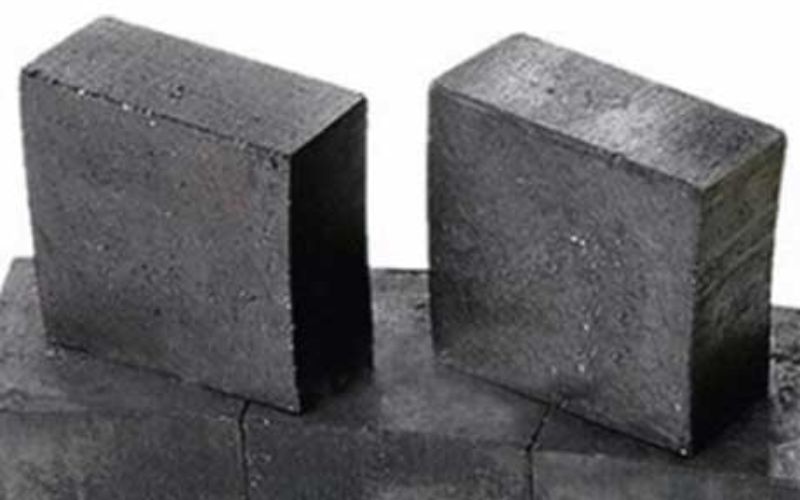Bricks
Bricks applications refer to the use of refractory bricks in various high-temperature industrial processes. Refractory bricks are primarily used to line furnaces, kilns, ladles, reactors, and other equipment exposed to extreme heat, molten metal, slag, and chemical erosion. Their main purpose is to provide thermal insulation, protect the structural integrity of industrial equipment, and improve energy efficiency.
In industries like steel, cement, glass, and petrochemicals, refractory bricks are essential for creating durable and heat-resistant linings that withstand intense temperatures. In steelmaking, they are used in ladles and tundishes to protect against molten metal and slag. They are also used in kilns and furnaces to provide heat retention and improve the energy efficiency of operations. Refractory bricks play a vital role in ensuring the longevity and safety of high-temperature equipment, minimizing maintenance costs, and enhancing overall production efficiency.
High Alumina Bricks
High alumina bricks are refractory materials made primarily from alumina (Al2O3), known for their exceptional heat resistance, strength, and durability. These bricks typically contain more than 40% alumina and are used in environments where high temperatures and chemical erosion are present. Their high alumina content provides superior resistance to molten metal, slag, and thermal shock, making them ideal for various industrial applications.
These bricks are commonly used for lining furnaces, kilns, and other high-temperature equipment in industries such as steel, cement, glass, and ceramics. In steelmaking, high alumina bricks line ladles and tundishes to protect them from molten metal and slag. They are also employed in chemical reactors for their ability to withstand aggressive environments and extreme temperatures. High alumina bricks help improve energy efficiency, extend the service life of equipment, and ensure reliable performance in demanding industrial processes.


Fire Clay Bricks
Fire clay bricks are a type of refractory material made from natural clay, primarily composed of alumina (Al2O3) and silica (SiO2). These bricks are designed to withstand high temperatures and thermal shock, making them ideal for use in environments exposed to intense heat, such as furnaces, kilns, and boilers. Fire clay bricks have moderate resistance to heat and chemical attack, offering a balance of performance and cost-effectiveness.
Fire clay bricks are commonly used for lining furnaces, chimneys, and fireboxes in industries like steel, cement, and ceramics. They are also employed in industrial heating equipment, such as boilers and incinerators. Their ability to resist thermal cycling and protect against heat loss makes them an essential component in high-temperature operations. Fire clay bricks are valued for their durability, ease of installation, and affordability, offering reliable performance in less extreme conditions compared to higher-alumina refractories.
Magnesia carbon Bricks
Magnesia carbon bricks are a type of refractory material composed primarily of magnesia (MgO) and carbon, typically used in high-temperature applications that require resistance to both thermal shock and chemical wear. These bricks are known for their exceptional resistance to slag corrosion, especially in environments exposed to molten metal and high temperatures. The carbon content in the bricks enhances their thermal conductivity and mechanical strength, while the magnesia provides excellent resistance to basic slags.
Magnesia carbon bricks are widely used in steelmaking, particularly in the linings of electric arc furnaces (EAF), ladles, and steel converters. They are also used in other high-heat industrial applications, such as non-ferrous metal furnaces and incinerators. The combination of magnesia and carbon makes these bricks ideal for applications where high resistance to aggressive slags, high temperatures, and thermal shock is critical. Magnesia carbon bricks contribute to improved efficiency, reduced wear, and extended service life of the equipment in these demanding environments.
